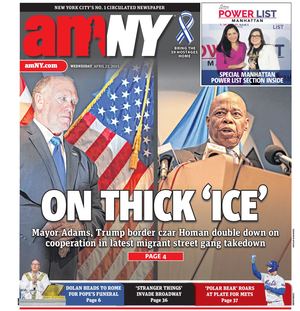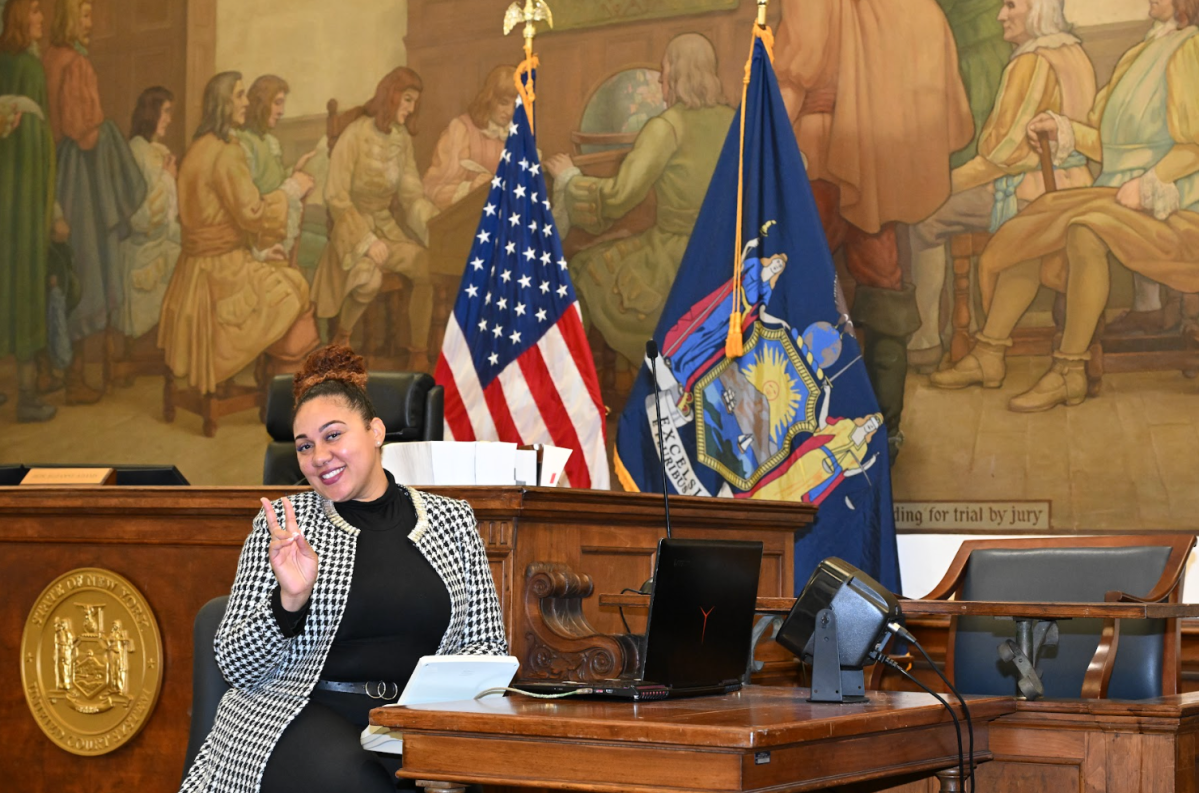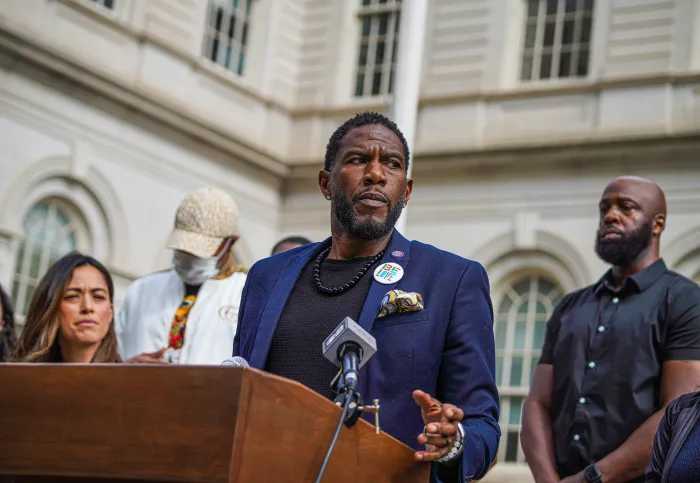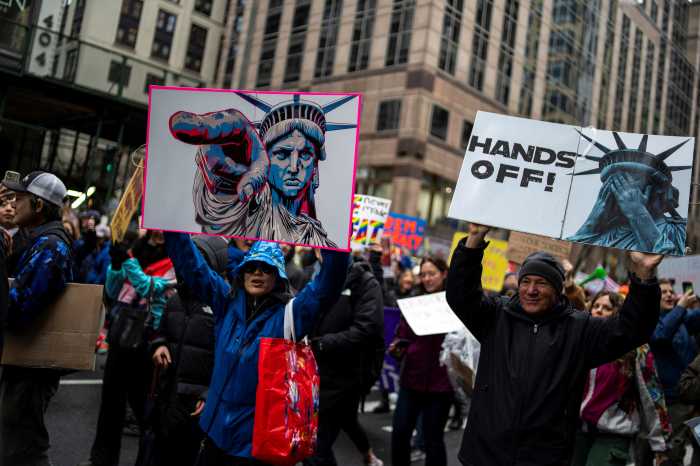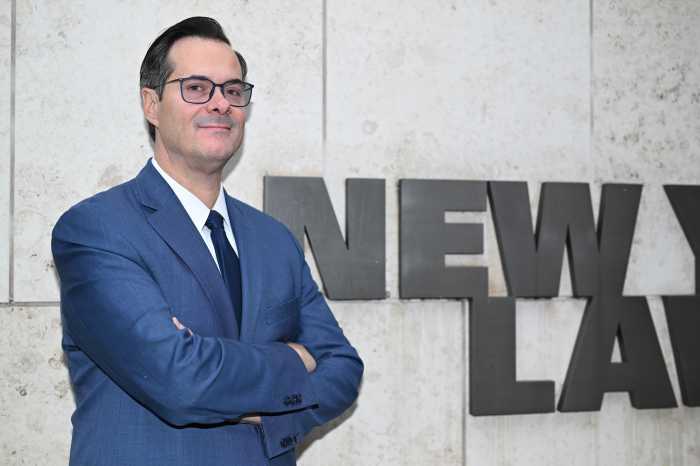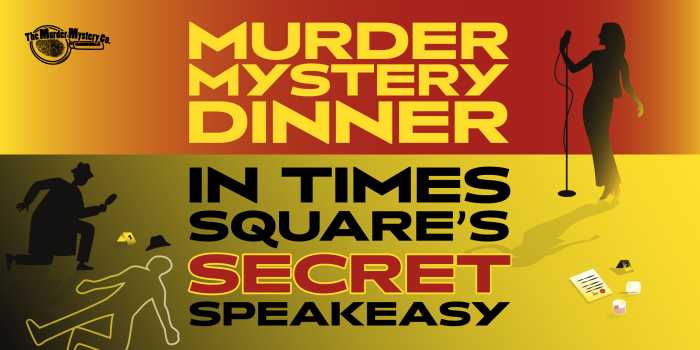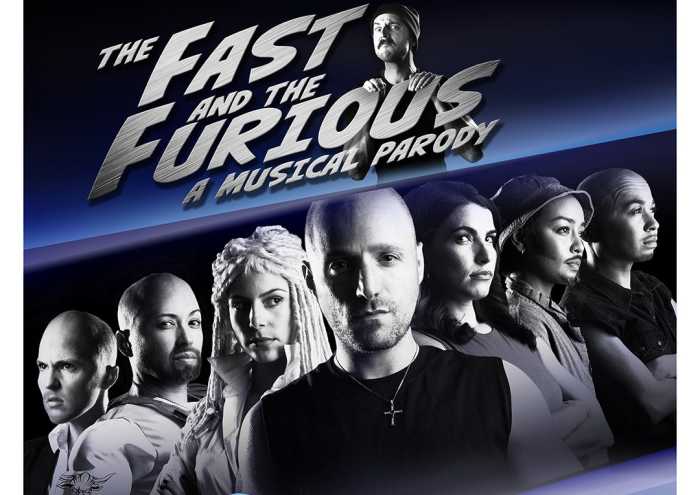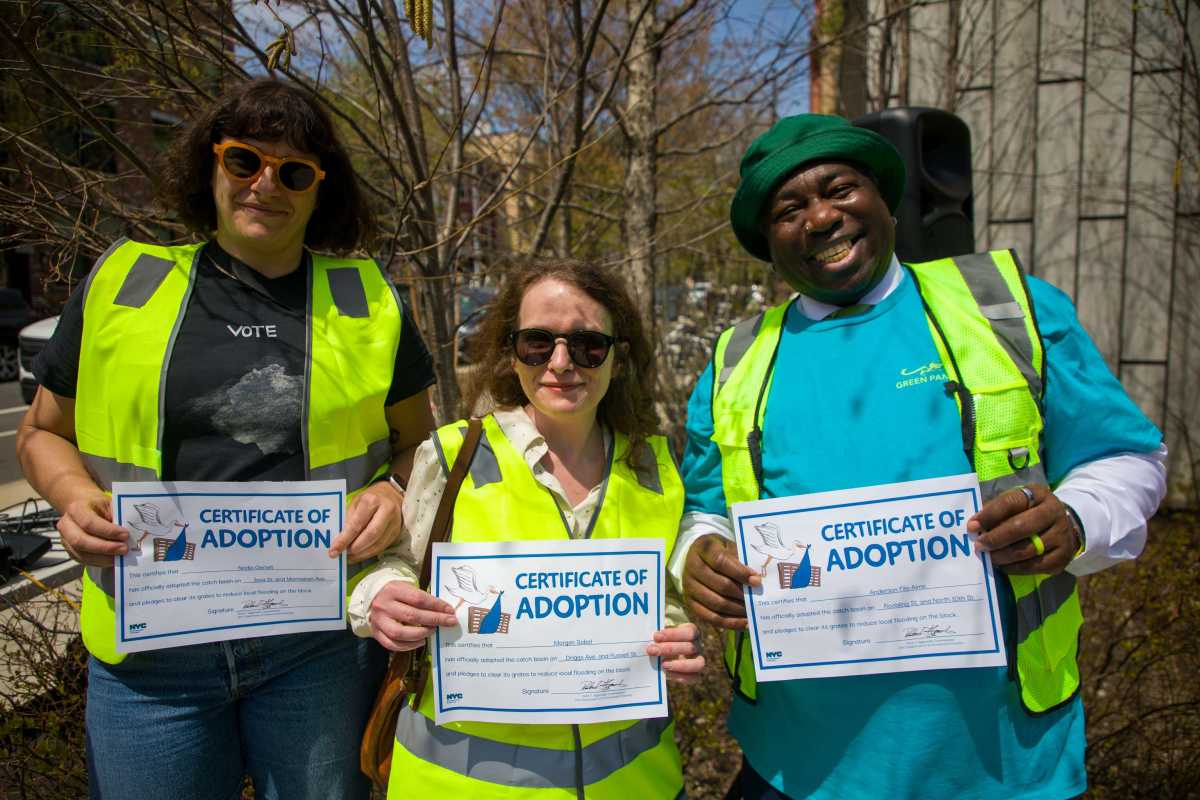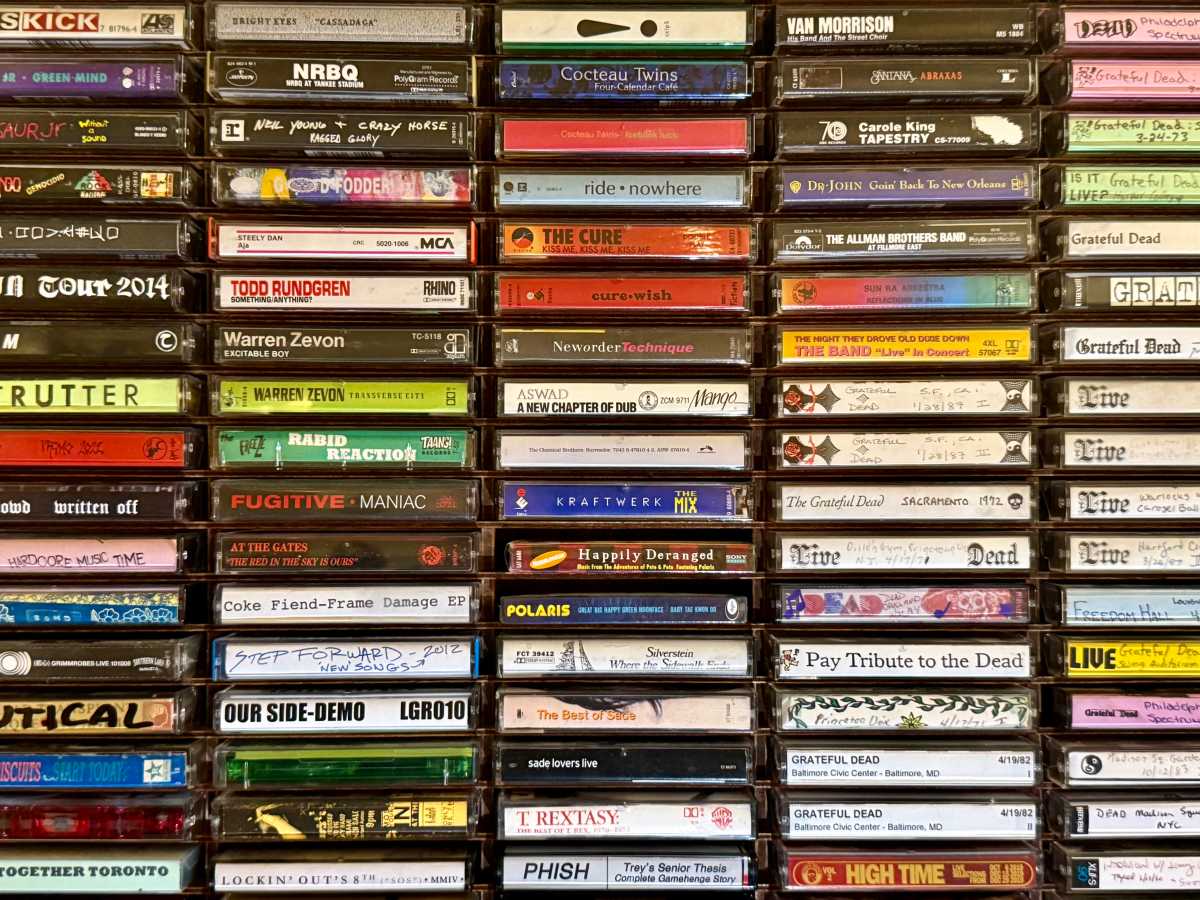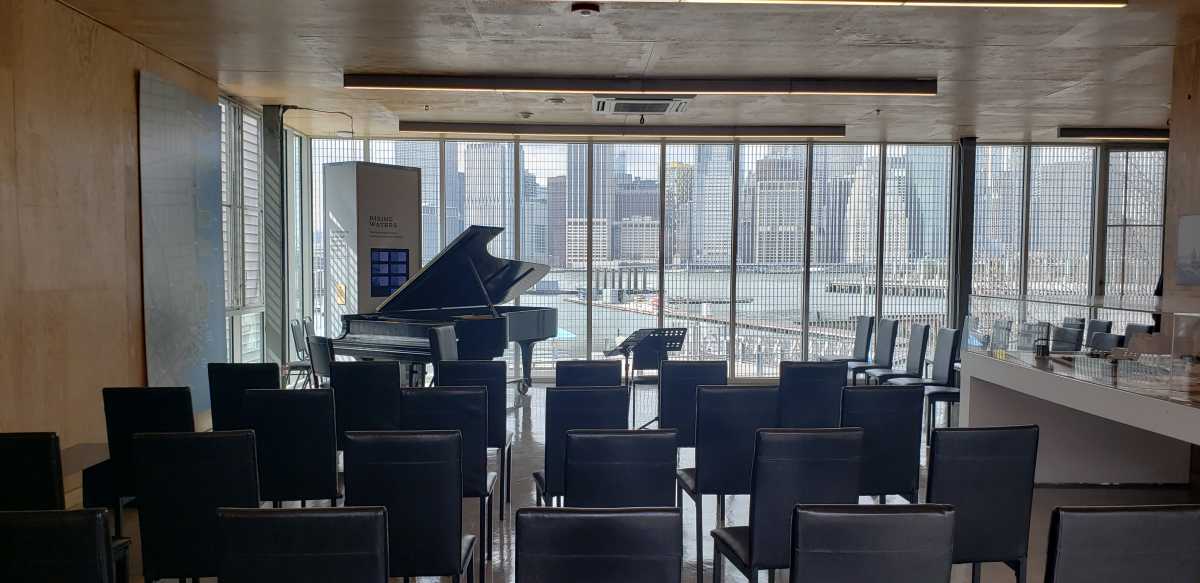Inside the courtroom, stenographers are expected to be steely, impartial, even robotic at times.
But when they start talking about their job on message boards, across social media and at conventions, those same court reporters turn into fanatics about their profession.
“It’s a very niche community,” Denee Vadell, a court reporter at the New York County Supreme Court. “You have a raving fan community of stenographers. So for instance, if you create things that say steno on it, oh my goodness, everybody’s gonna flock to it.”
Vadell embodies the interest in court reporting that goes way beyond her job. She sports a tattoo of “steno” — a shorthand term for stenography — on her finger, runs an Etsy shop that sells steno-emblazoned tote bags and manages Stenofluencer Instagram and Tik Tok accounts. She’s one of a group of moderators of online spaces geared toward engaging thousands of passionate court reporters and attracting new ones.
“Every time I put up a video, people are interested and they find me, they’re like, ‘What is this? This is like a real career?’ Like this is a career in law that nobody talks about,” Vadell said.
But Vadell is motivated more than just a geeky passion for the skill of stenography. As the president-elect of the New York State Court Reporters Association, she is also tackling a daunting list of issues New York’s court reporting community faces.
Between staffing shortages, the rise of AI transcription and lagging bandwidth in training institutions, New York State court reporters are struggling against multifaceted challenges to their profession. In recent years, a vibrant community of court reporters has coalesced online and in court offices across the state to advocate for their own interests and nerd out.
It’s a career path that relies on cultivating a fluency with the symbolic shorthand language of stenography, which explains some of its practitioners’ dedication. But its status as a heavily unionized sector with strong pay and benefits has also spurred its workforce to defend what they have.
And the state courts are hiring — sometimes desperately. New York’s court system is facing a shortage of court reporters like Vadell, which could disrupt the daily operations of the courts in their battle to recover from a backlog in the years since the pandemic.
There are 839 Court Reporters employed by the state court system — 85 less than in 2019 before the COVID pandemic. In the city, staffing shortages, which are often regional, are more pressing in the Bronx and Brooklyn. Outside the city, rural counties upstate reportedly struggle to attract applicants.
Lucky for the Office of Court Administration, the broader stenography community in New York has a vested interest in helping the state solve its shortage. To do so they’ve taken some creative online strategies of communicating amongst themselves and to the public about how dedicated most of them are to ensuring the accuracy of the legal record.
The number of staffed court reporters is moving in the right direction, but the industry is contending with other market forces. In the last two years alone, the court system has been able to boost the number for court reporters by 70 staffers.
The gains stem in part from a new policy that OCA issued in 2023, which lifted barriers to entry. Instead of having to pass a state proficiency test, the court system created a trainee program that allows new court reporters to start working in the court after graduating from a certified court reporting school. After a year, they can move up a rank to fully established court reporters and receive a raise.
“It’s a different world now, and I imagine that things are changing. They’re probably able to attract many more applicants,” said Christopher Day, a New York City-based court reporter who started a blog called Stenonymous to document issues court reporters regularly struggle with.
One of the state’s top administrative judges, First Deputy Chief Administrative Judge Norman St. George, recently told amNY Law the shortage of court reporters has been a focus for him since assuming his post in 2023.
But there are still problems with the career pipeline into court reporting. Stenographers are not limited to working in the court system. In the private sector, they write closed captions for broadcast TV, do real time translation for the hearing disabled, transcribe depositions for private contractors with the court system — a common first job out of school.
The public sector has traditionally relied on hiring from this pool of private freelance transcribers but Day said the pool is diminishing, and New York’s stenography schools are struggling to keep up with demand in the court system.
“In general, we have more reporters retiring than we do graduating and getting into the field,” Vadell said.
Human versus robot
Automated transcription, which falls under the technological umbrella of artificial intelligence, is commonly discussed in court reporter circles as a threat. As private court reporting companies have shifted to AI transcription models and cut stenographer positions, the public sector has been affected too.
In 2021, the state court system’s Future Trials Working Group released a report that concluded the future of “trial transcription likely is full automation” — a statement that drew the fire of court reporting unions. In response, the court system assured the unions that the report reflected “suggestions not mandates for action.”
On the issue of AI in the court system, the court reporter unions and advocates seem to have found a sympathetic administrator in St. George who was candid with amNY Law that “criminal law requires court reporters and not a tape recorder.”
Court reporters have vehemently made the case that when it comes to the integrity of the judicial process, AI transcription is no replacement for a human being. The arguments range from the lack of confidentiality agreements from companies who provide transcription services to questions of accountability.
“You want someone who’s responsible,” said Day. “If you have an AI company, it’s like, what are we gonna do? Blame the AI, I guess. It brings up these questions. Whereas if you have a court reporter who’s not doing their job, you have someone to hold accountable for it.”
Another issue that the unions seized on in response to the controversial Future Trials report were racial disparities in automatic speech recognition that showed AI did a poor job understanding the African American Vernacular English dialect.
“It got as low as 25% on one of those subjects,” Day said. “You had this weird world where everybody was like, ‘AI is gonna replace you.’ And it’s like, it’s scoring significantly under us.”
That’s not touching on the sound interruptions or responsive tasks like reading back the court transcript that court reporters are often called on to do.
“I had this one instance in criminal court where I’m on the machine and an officer walked by just doing regular stuff, had a piece of paper, crumpling it. I missed what was said, but I was able to stop them and say, excuse me. Can you repeat that? AI can’t do that,” Vaddell said.
But the speed and level of proficiency required court reporters comes with serious challenges too. One thing that it can lead to, Vadell said, is burnout. It can also feel overwhelming as a new stenographer — part of what’s led reporters like Vadell to cultivate their role in supporting newcomers.
“I think the hardest thing is the speed and the accuracy rate we have to have. We have to have 95% accuracy to graduate [school]. And so when I was in school, you had to pass three tests of 225 words-per-minute with the attorney witness going back and forth. Five minutes straight, there’s no pause,” she said.
Curating the culture of court reporting
A stenotype, the machine that all court reporters use to transcribe speech into shorthand made up of digital symbols, has no letters on its keyboard. Instead of typing out words though a series of characters in steno, you press multiple keys at the same time to make a phonetic outline of each word that can be translated back into readable English.
Vadell has customized her stenotype with pink highlights and an image of Barbie inlaid over the keys (Barbie’s creator Ruth Handler famously worked as a movie studio stenographer). Vadell originally came up with the idea to create her Stenofluencer page during the pandemic after she made a meme video riffing her career as a stenographer for fun. But as video meetings were becoming the new normal, “it caught a lot of attention for people looking for captioners,” Vadell said.
That gave her the idea that a playful, social media account that toyed with viral trends could function to generate interest in the court system and “give back to a profession that has given so much to me.”
Day was inspired to create Stenonymous based on problems he kept encountering on the spirited and heavily trafficked network Facebook Groups dedicated to court reporters.
For both of them, the support they got along the way helped them get invested in the culture of the profession, but they spoke about taking different kinds of satisfaction in the work.
“Professionally just working with lawyers for basically my whole adult life and taking some time myself to read and understand the law and understand different things about how our court system operates, it really sparked a passion in me,” Day said.
For Vadell, it’s the environment and the community.
“I love my coworkers. Just coming into your office, you’re talking about your weekend and your kids and your life and making coffee at the same time, getting ready for your day to go into court. It’s like the best place to work,” she said.
